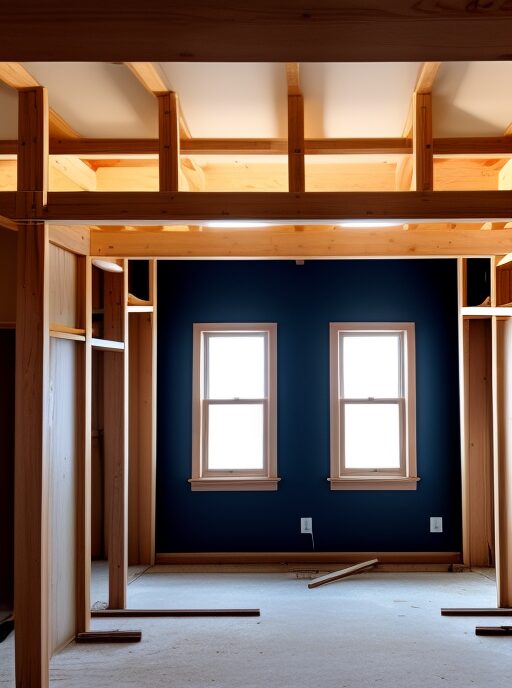Interior and Exterior Framing and Finishing
When it comes to constructing or renovating a building, framing and finishing are two crucial phases that lay the foundation for the overall aesthetics, structure, and functionality. Whether you’re working on the interior or exterior, understanding the art of framing and finishing is essential. In this article, we’ll delve into the key aspects of both interior and exterior framing and finishing to help you achieve a successful and harmonious construction or renovation project.
Interior Framing
Interior framing is the skeletal structure that forms the foundation of the interior spaces within a building. It involves creating the framework for walls, ceilings, and floors. Here’s what you need to know:
-
Materials: The choice of framing materials depends on the project’s requirements and budget. Common materials include wood (stud framing), steel, or engineered wood products. Wood is popular for its ease of use, cost-effectiveness, and natural insulating properties.
-
Layout and Design: Proper framing begins with accurate layout and design. Precise measurements and a well-thought-out plan are essential to ensure the walls and partitions align correctly, and the space functions as intended.
-
Structural Integrity: Interior framing provides structural support for the building. It must be designed to bear the weight of floors, ceilings, and roofs. Proper bracing and fastening techniques are crucial to maintain structural integrity.
-
Soundproofing and Insulation: In addition to structural support, interior framing can impact soundproofing and insulation. Adding insulation between wall studs and soundproofing materials can enhance comfort and privacy within the building.
Interior Finishing
Interior finishing involves adding the final layers to the interior spaces, giving them their functional and aesthetic appeal. Key aspects of interior finishing include:
-
Drywall Installation: Drywall is commonly used for wall and ceiling surfaces. It provides a smooth, paintable surface that conceals the framing. Drywall installation requires careful cutting, fitting, and finishing with joint compound.
-
Trim and Molding: Trim and molding are used to cover the gaps and seams between walls, ceilings, and floors. They also add decorative elements to the space. Common types include baseboards, crown molding, and chair rails.
-
Flooring: Interior finishing includes installing flooring materials such as hardwood, laminate, carpet, or tile. The choice of flooring depends on the function and aesthetics of the space.
-
Painting and Wall Coverings: Painting is the final step in interior finishing. It allows you to personalize the space with color and texture. Wallpaper and other wall coverings can also be used to enhance the interior’s appearance.
Exterior Framing
Exterior framing focuses on the structural elements and framework of the building’s exterior walls and roof. It plays a vital role in providing support, weatherproofing, and energy efficiency. Key aspects of exterior framing include:
-
Structural Support: Exterior framing, often constructed with load-bearing walls and roof trusses, supports the weight of the building and transfers it to the foundation.
-
Weatherproofing: Proper exterior framing includes measures to prevent moisture infiltration. This includes the installation of a weather-resistant barrier and siding materials like brick, stucco, vinyl, or wood.
-
Insulation: Exterior walls and roofs are insulated to enhance energy efficiency. Insulation materials are placed within the framing to create a thermal barrier.
Exterior Finishing
Exterior finishing adds the final protective and aesthetic layers to the building’s exterior. It includes the following aspects:
-
Siding Installation: The choice of exterior siding materials can significantly impact the building’s appearance and durability. Common options include vinyl, wood, brick, stone, and fiber cement.
-
Roofing: Roofing materials range from shingles and tiles to metal and asphalt. Proper installation and weatherproofing are critical to ensure a watertight roof.
-
Doors and Windows: Exterior finishing includes installing doors and windows, which play a vital role in the building’s functionality, security, and energy efficiency.
-
Painting and Trim: Painting and trim work on the exterior can enhance the building’s curb appeal and protect it from the elements.
Conclusion
Interior and exterior framing and finishing are essential phases in the construction or renovation of any building. Mastering these aspects requires a combination of technical knowledge, craftsmanship, and attention to detail. Quality Expectations understands how all of these tasks come together to create the perfect home project for you.

